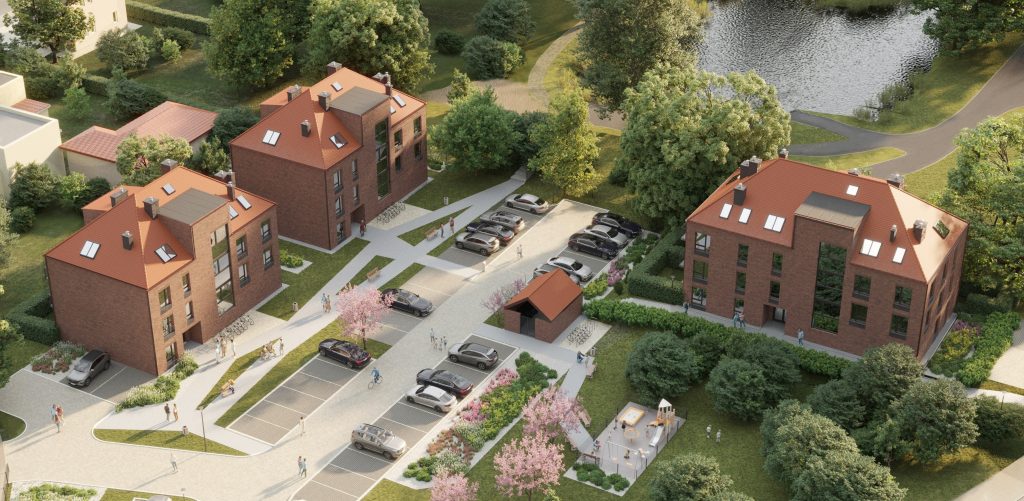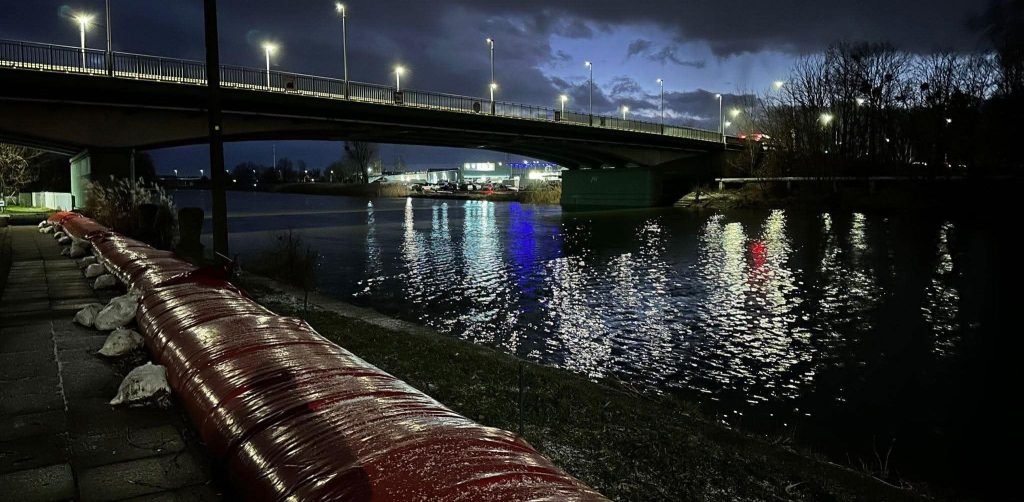Polish prosecutors and forensic experts are once again returning to Smolensk in Russia this week almost ten years after a plane crash in which the Polish president and first lady as well as high-ranking military officers, members of parliament, civilians and plane crew lost their lives.
It’s the third time investigators have been allowed to visit the crash site in the last 13 months.
But for those of us from other countries, just what happened at Smolensk and why is it still controversial almost a decade after it happened?
On the 10th of April 2010, the Polish President, Lech Kaczyński, was flying to attend an event commemorating 70 years since the Katyń massacre. On board the Tupolev Tu-154 presidential plane was the first lady, several senior military officers, high-profile figures like the head of the national bank and activist Anna Walentynowicz, as well as numerous VIPs and crew members.
Shortly before the flight was due to land, something happened and the aircraft crashed killing all 96 people on board.
What exactly happened in those moments before the crash is still uncertain and is a subject of great controversy in Poland and Europe generally.
Originally, a Russian investigation concluded that the plane had crashed due to pilot error while trying to land. Russian reports described thick fog covering the Smolensk airport and the descending plane hitting a tree, causing the wing to break and the aircraft to flip over before crashing into the ground.
However, many other observers have cast doubt over the findings of the Russian investigation.
In 2018, British air accident investigator Frank Taylor told Sky News that he believes damage to the wing was not consistent with a collision, but rather an explosion. American experts from Boeing expressed similar concerns.
Taylor added that it seemed the initial investigation had come to a conclusion and then looked for evidence to support it.
A 2018 Polish investigation supports Mr Taylor’s claims, and points to signs of several small explosions on the aircraft shortly before the crash.
The true cause remains unknown, and Russia has so far refused to return both the wreckage and the black-box flight recorders to Poland for testing.
Whatever the truth, the tragedy remains an event burned into the memory of Poland. Smolensk is one of those times when every Pole remembers where they were when they heard the news, and they aren’t likely to forget any time soon.
In other news today, the UK is to hold a general election on December 12th.
Last night lawmakers finally reached agreement, voting to hold an election before the UK leaves the EU, ending months of uncertainty.
British citizens living in Poland may still be eligible to vote and can register online for a postal or proxy vote.
https://www.gov.uk/register-to-vote
Gdańsk Airport’s new winter timetable will see 7 new routes flying from Gdansk.
This winter travelers can fly from Gdansk direct to the Scottish capital Edinburgh, Odessa in Ukraine, or Düsseldorf with Eurowings.
Wizz air will be beginning flights between Gdansk and Edinburgh from December 19th and to Odessa from November 4th. Ryanair began flights to Odessa this week. In total Gdansk will have four services weekly to Odessa. Wizz flights to Molde, Norway, also began this week as did Ryanair flights to Copenhagen and Hamburg.
Norwegian airlines are flying to Bergen and in their first service from Gdansk, Eurowings have launched a four-times-weekly service to Dusseldorf.
Weather
It was a bright but chilly morning today,with temperatures almost at freezing! A slightly warmer afternoon, with temperatures around 8° Celsius, that’s 46 Fahrenheit, but feeling quite a bit colder with wind chill.
RGEN







